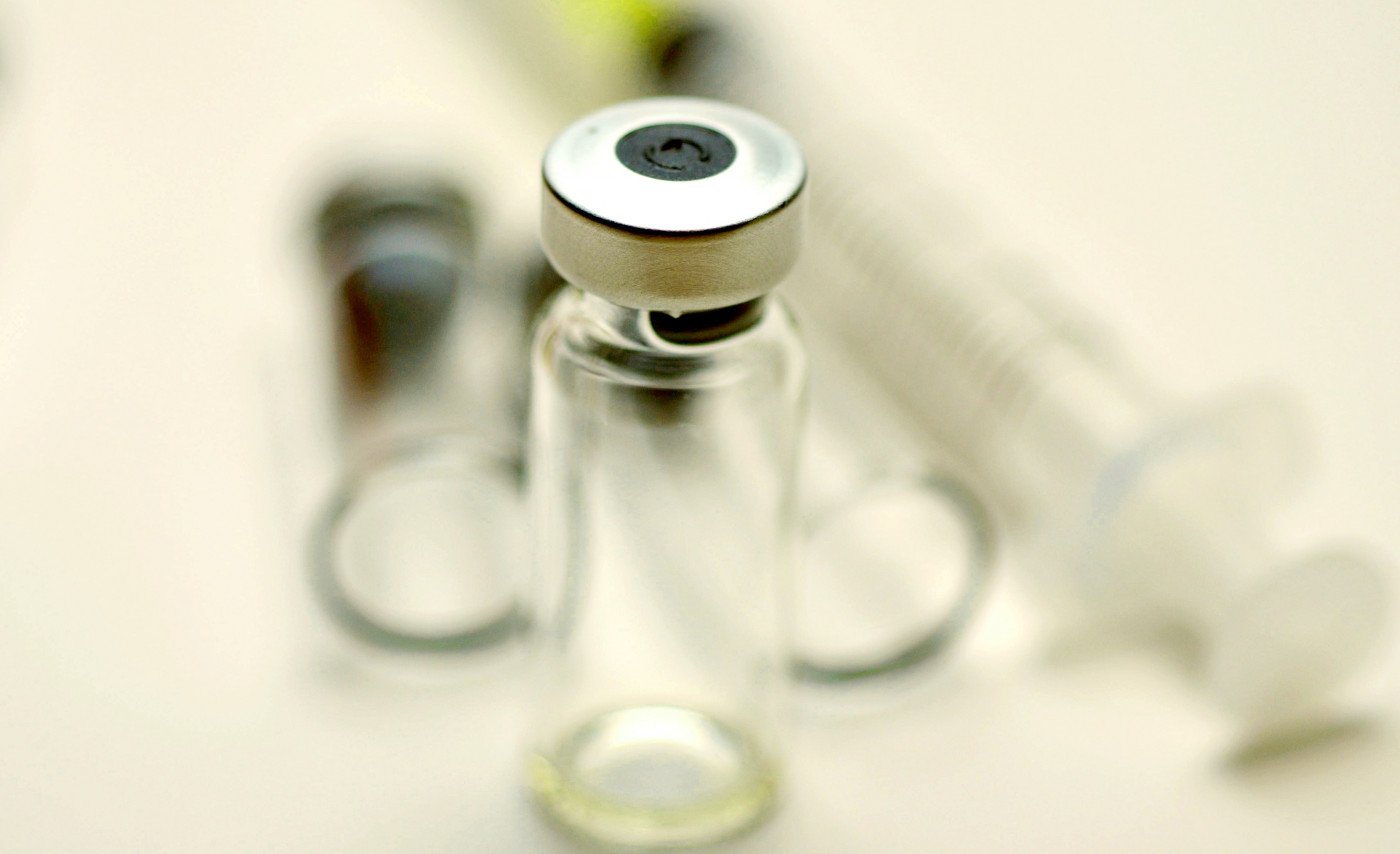Shire’s Investigational ERT Shows Limited Benefits for Sanfilippo Type A Children in Phase 2b Trial

Administration of an engineered version of the heparan-N-sulfatase (HNS) enzyme into the cerebrospinal fluid directly through the spinal canal failed to improve neurocognitive activity in infants with early-stage Sanfilippo syndrome type A, results from a Phase 2b trial show.
However, the investigational enzyme replacement therapy (ERT) held some therapeutic activity by reducing urine levels of two disease metabolic biomarkers: heparan sulfate and glycosaminoglycan (GAG).
Data from the Phase 2b trial (NCT02060526) was reported in the study, “Intrathecal heparan-N-sulfatase in patients with Sanfilippo syndrome type A: A phase IIb randomized trial,” published in Molecular Genetics and Metabolism.
Sanfilippo type A, also known as mucopolysaccharidosis type IIIA, is a genetic disorder characterized by the impaired production and activity of the HNS enzyme. This defect leads to the accumulation of heparan sulfate, mainly in the central nervous system, leading to progressive degeneration of nerve cells during early childhood.
In the trial, researchers evaluated the potential of Shire’s investigational recombinant human HNS (rhHNS, or HGT-1410) as an ERT for Sanfilippo type A.
The trial enrolled 21 patients with confirmed Sanfilippo type A, between the ages of 1 and 2. Infants were randomized to receive a placebo or 45 mg of rhHNS administered directly into the cerebrospinal fluid — the liquid found in the brain and spinal cord — every two weeks (Q2W) or every four weeks (Q4W) for up to 48 weeks.
To facilitate access to the spinal canal and treatment administration, an intrathecal delivery device system was surgically implanted. This type of administration eases access of the ERT to the central nervous system, bypassing the restrictive blood-brain barrier — a protective membrane that prevents several molecules in the blood from reaching the brain.
The trial’s primary objective was to prevent neurocognitive decline by more than 10 points — as measured by Bayley Scales of Infant Development Assessment Third Edition scale (BSID-III) — for at least three patients in one of the treatment groups over 48 weeks.
The BSID-III is a series of measurements to assess the motor (fine and gross), language (receptive and expressive), and cognitive development of infants and toddlers and consists of a series of developmental play tasks. A positive value indicates improvement in health and cognition.
Two (28.6%) patients in the Q2W regimen and one (14.3%) patient in the Q4W group met the primary goal. However, there was “no statistical significance between treatment and control groups,” the researchers wrote.
Compared with initial assessment values, all groups showed similar mean scores for cognitive decline upon completion of the treatment, ranging between 19.8 and 23.8 points.
Patients who responded to the treatment experienced a mild cognitive benefit: two males in the 12-24 month age range and one female in the 24-36 month age range. None of the patients older than 36 months showed cognitive improvements with the investigational ERT.
Assessment using the Vineland Adaptive Behavior Scales Second Edition (VABS-II) — which measures communication, daily living skills, socialization, and motor skills — revealed a decline in scores, relative to the beginning of the study, of about 5%-38% at 48 weeks, with no significant differences between groups. Lower scores mean lower adaptive behavior.
Treatment also failed to protect the brain from gray matter loss, or improve the children’s fine motor skills, cognitive development, or sleep quality.
Although no major changes on the clinical status of children were reported upon intrathecal rhHNS treatment, the levels of heparan sulfate in the cerebrospinal fluid and glycosaminoglycan (GAG) in the urine — two hallmarks of the disease — were substantially reduced after 48 weeks compared with placebo-treated patients.
“While the trial’s primary efficacy endpoint of [effectively preventing cognitive decline] was not met, there are several important findings from this study,” the researchers wrote. “Important lessons in the design and endpoints for evaluation of cognitive and behavioral diseases resulted.”
In general, the treatment was well-tolerated, with the majority of treatment-related adverse events reported being mild in severity. The most common adverse events in rhHNS-treated groups were vomiting, fever, and upper respiratory tract infection. More serious adverse events were considered to be related to the intrathecal delivery device system and not the ERT.
“Intrathecal delivery device system performance issues and individual antibody responses were observed that may have had an important impact on the clinical endpoints,” the researchers said.
The long-term safety and efficacy of rhHNS are now being evaluated in a Phase 2 extension study (NCT02350816), where patients who participated in the previous trial were invited to continue the treatment for up to a total of 120 weeks.
Results from this long-term study are expected to be announced in October 2021.



